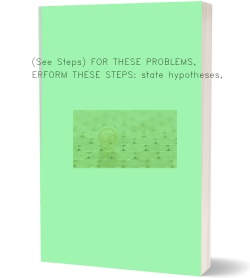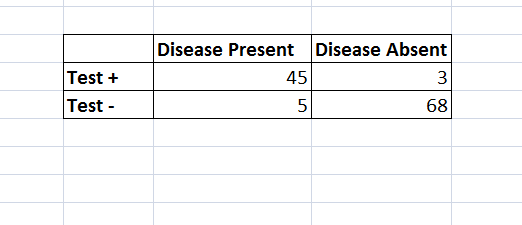In this lab, you will collect and organize data, and test for a linear correlation among the data. You
In this lab, you will collect and organize data, and test for a linear correlation among the data. You may use the Statistical Abstract of the United States as your basic source material for tables of data. This book is available in the reference section of most libraries, or this reference is also available on-line at:
http://www.census.gov/prod/www/statistical-abstract-1995_2000.html
Or another good source of easy-to-collect data are tips if you or a friend work in the hospitality industry (e.g., restaurant, coffee shop, bar, etc.). Record the total tab from each customer and the corresponding tip for at least 6 different customers. Are your tips closer to 15% or 20%?
- Try to avoid data with no plausible or potential correlation. For example, avoid comparisons between heights vs. social security numbers.
- Also try to avoid tables listing percents and/or price indices. This type of data tends to obscure the linear correlation, if any, between the data.
Steps To Complete This Lab:
- Choose a table of interest to you from the Statistical Abstract.
- At the beginning of your lab, give the citation data (e.g., the table number and year from the version of the Statistical Abstract used).
- Select the columns and/or rows from the table to serve as your lists of x-values and y-values.
- Graph the data using an x-y scatter plot. Label quantity measured on the x-axis and the y-axis.
- Leave plenty of space for a caption. Inside the caption for the scatter plot, describe the linear correlation (positive, negative, none) in one or two sentences (e.g., positive linear correlation between and .)
- Underneath the caption, write out the procedure to test for linear correlation (e.g., state the hypotheses, claim, critical value, test statistic, explain why you reject or fail to reject H 0 , make a final conclusion about linear correlation, etc.). Refer to page 526 as a guideline for how to test for linear correlation.
- For a value not in the original list of x -values, predict the corresponding y -value if there is a linear correlation among the data. Refer to page 546 as a guideline on making predictions. State your prediction in a complete sentence (e.g., for the x-value of , the predicted y-value is .)
- Also include some concluding remarks. In your concluding remarks, describe any causality, if any, between the two quantities measured in one or two sentences (e.g., coincidence, common underlying cause, direct cause, etc.). Also, if you used a linear regression equation to make a prediction, describe the domain of your linear regression equation (e.g., x > 0 but less than some value you specify).
Solution:

Deliverable: Word Document


![[Steps Shown] Students were paired by matching their IQs and grades [Steps Shown] Students were paired by matching](/images/solutions/MC-solution-library-80440.jpg)
![[Solution] Manager claims average sales for her shop is $1800 [Solution] Manager claims average sales for her](/images/solutions/MC-solution-library-80441.jpg)
![[Steps Shown] Instant oatmeal mix is considering adding flavors [Steps Shown] Instant oatmeal mix is considering](/images/solutions/MC-solution-library-80442.jpg)

![[See Steps] Find a 90% confidence interval for the population mean [See Steps] Find a 90% confidence interval](/images/solutions/MC-solution-library-80444.jpg)
